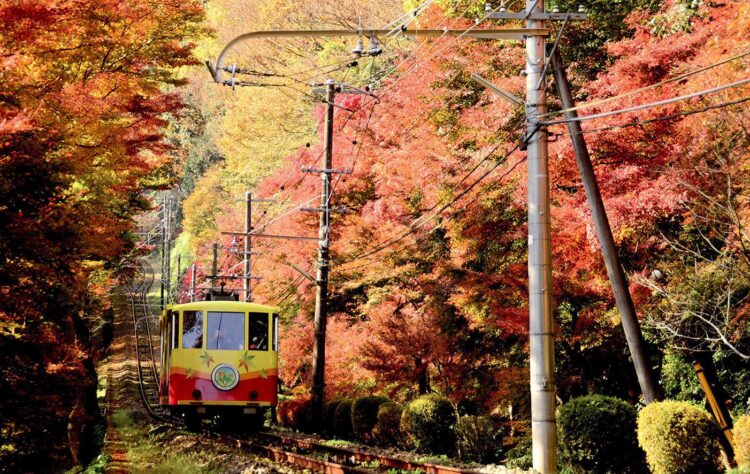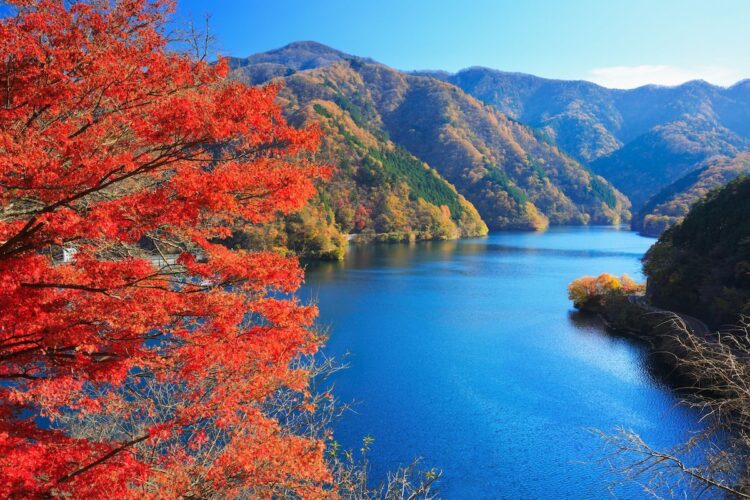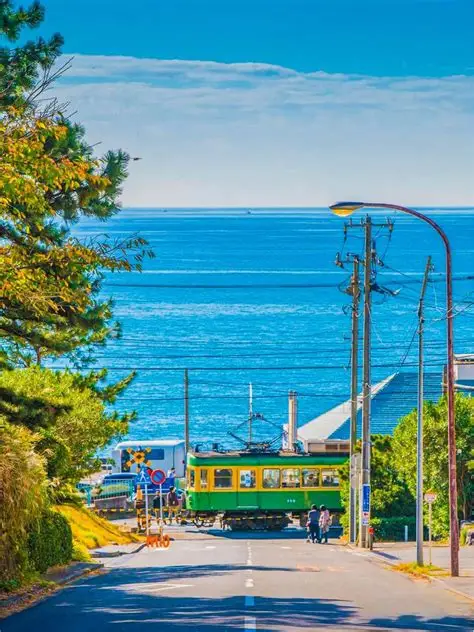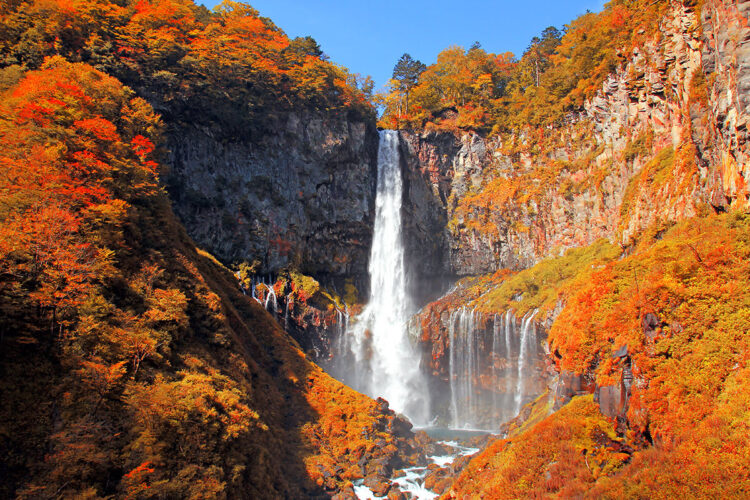2025.08.12 - News
Autumn Getaway to Tokyo’s Countryside – A Romantic Tapestry of Red Leaves and Culture
As autumn gently paints Tokyo’s streets, the surrounding mountains and historic towns step into their most enchanting season. The crisp air carries the fragrance of fallen leaves, while golden ginkgo and fiery maple trees dress the landscape in vivid hues. The countryside near Tokyo is not only a paradise for photographers but also the perfect destination for travelers seeking a harmonious blend of culture and nature.
Mt. Takao – A Sacred Mountain of Faith and Autumn Splendor
Mt. Takao has been revered as a sacred mountain for over 1,300 years, home to Yakuoin Temple and the legendary Tengu deity. Serving as both a spiritual retreat and Tokyo’s “backyard,” it offers hiking trails lined with golden leaves in autumn. Visitors can take the cable car or hike to the summit for sweeping views of the Kanto Plain and, on clear days, Mt. Fuji. Every November, the Takao Autumn Leaves Festival fills the mountain with cultural performances, food stalls, and seasonal treats such as soba noodles and miso-dango.

Okutama – Echoes of Edo Along Rivers and Mountains
Located at Tokyo’s western edge, Okutama was once an important Edo-period post town and forestry hub. Today, it preserves its ancient trails and traditional settlements. In autumn, Okutama Lake is surrounded by mountains ablaze with red and yellow foliage, its waters mirroring the colorful slopes. Hiking along the Okutama Gorge reveals dramatic rock faces, waterfalls, and the soothing sound of rushing streams. Outdoor lovers can also enjoy rafting on the Tama River or relaxing in hidden hot spring inns such as Tsurunoyu Onsen.

Kamakura – Zen Serenity in an Autumn Cloak
Once the political center of the Kamakura Shogunate, this coastal city is rich in Buddhist and Zen heritage. Hase-dera Temple, famous for housing Japan’s largest wooden Eleven-Faced Kannon statue, is breathtaking when framed by autumn foliage and golden ginkgo trees. Engaku-ji and Kencho-ji temples showcase the refined beauty of Zen gardens in vibrant red and gold. Walking along Komachi Street, visitors can savor freshly grilled rice crackers, wagashi sweets, and end the day gazing at the Great Buddha under the soft autumn breeze.

Nikko – Tokugawa Grandeur Meets Nature’s Masterpiece
Dating back to the Nara period, Nikko gained fame as the resting place of Tokugawa Ieyasu at the ornate Nikko Toshogu Shrine. Intricate carvings like the “Sleeping Cat” and “Three Wise Monkeys” showcase the peak of Edo craftsmanship. Autumn in Nikko bursts with color, from the forests surrounding Lake Chuzenji to the misty cascades of Kegon Falls. The winding Irohazaka road, best visited from late October to early November, offers one of Japan’s most dramatic autumn drives.

Seasonal Highlights
- Takao Autumn Leaves Festival (Early–Late November): Traditional performances, food stalls, and mountain hiking.
- Kamakura Chrysanthemum Exhibition (November): Temple gardens adorned with artfully arranged chrysanthemums.
- Nikko Autumn Illumination (Late October–Early November): Nighttime lighting of autumn leaves and historic buildings.
Getting There
- Mt. Takao: Keio Line from Shinjuku → Takaosanguchi Station (Approx. 50 min)
- Okutama: JR Chuo Line from Shinjuku → Okutama Station (Approx. 2 hrs)
- Kamakura: JR Yokosuka Line from Tokyo → Kamakura Station (Approx. 1 hr)
- Nikko: Tobu Nikko Line from Asakusa → Tobu-Nikko Station (Approx. 2 hrs)
Suggested Itineraries
Day Trip: Mt. Takao hike in the morning → Kamakura temple stroll in the afternoon
2-Day Trip: Day 1 in Nikko (Toshogu Shrine + Lake Chuzenji) → Day 2 in Okutama for nature walks
For a smoother and more comfortable trip, choose Kingtai Travel’s private charter service. Departing directly from central Tokyo, you can reach multiple scenic spots without transfers or luggage hassles—perfect for families and small groups who want to enjoy the countryside at their own pace.